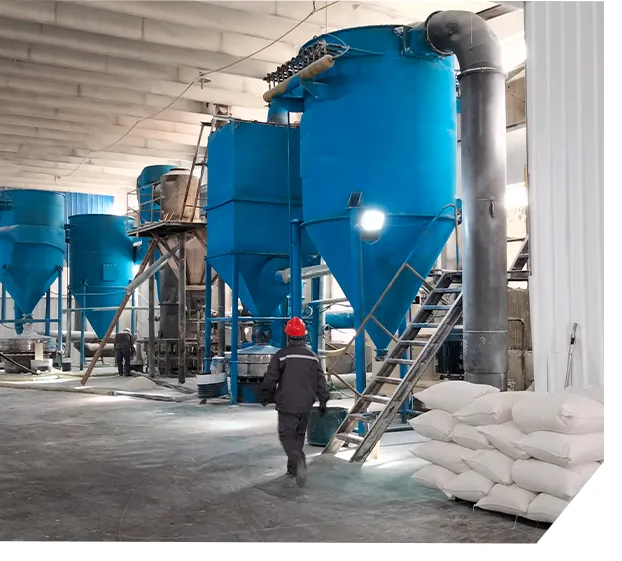The Role of Cellulose Ether in Wall Putty Enhancing Performance and Sustainability
Wall putty, an essential material in the construction and interior design industries, serves as a finishing coat applied to walls and ceilings. It provides a smooth surface for painting and improves the aesthetics of interiors. One of the critical components that significantly enhance the performance and quality of wall putty is cellulose ether. This natural polymer, derived from cellulose, plays a vital role in various applications, ensuring durability and efficiency in wall putty formulations.
Understanding Cellulose Ether
Cellulose ether is a modified form of cellulose, obtained through the reaction of cellulose with various chemicals. The most common types of cellulose ethers used in wall putty are hydroxypropyl methylcellulose (HPMC) and hydroxyethyl cellulose (HEC). These compounds are water-soluble and have unique properties, including thickening, binding, and film-forming capabilities. Their ability to improve the rheological properties of mixtures makes them indispensable in many construction materials, including wall putty.
Enhancing Workability
One of the primary advantages of incorporating cellulose ether into wall putty is its ability to enhance workability. The addition of cellulose ether increases the viscosity of the putty, making it easier to apply. This is particularly important for contractors and DIY enthusiasts who need a product that can be smoothly spread over surfaces without excessive effort. Furthermore, the thixotropic nature of cellulose ethers allows the putty to maintain its shape during application while providing excellent flow characteristics. This results in a seamless finish, crucial for achieving a professional look on walls and ceilings.
Improving Adhesion and Flexibility
cellulose ether for wall putty

Cellulose ether also contributes to the adhesion properties of wall putty, allowing it to bond effectively with various substrates, including concrete, plaster, and gypsum boards. This strong adhesion is essential for preventing peeling and cracking, which can compromise the overall integrity of the surface. Additionally, cellulose ether imparts flexibility to the putty, enabling it to withstand minor structural movements without damage. This characteristic is particularly valuable in regions prone to temperature fluctuations and seismic activity, where building materials are subjected to constant changes and stresses.
Water Retention and Drying Time
Another significant benefit of cellulose ether in wall putty formulations is its excellent water retention properties. This helps to keep the putty workable for extended periods, allowing users to manipulate it even after it has been applied. Longer open time is especially beneficial in large areas where multiple layers may be required. Furthermore, effective water retention minimizes the risk of air bubbles and shrinkage cracks, ensuring a uniform, smooth surface upon drying.
Environmental Considerations
As sustainability becomes a critical concern in the construction industry, the use of cellulose ether aligns with eco-friendly practices. Being derived from natural cellulose, these compounds are biodegradable and pose minimal environmental risks compared to synthetic additives. Moreover, wall putty containing cellulose ether often leads to better energy efficiency in buildings. A well-finished wall can enhance thermal insulation and reduce energy consumption, contributing to a more sustainable living environment.
Conclusion
In conclusion, cellulose ether is an indispensable ingredient in modern wall putty formulations. Its contributions to workability, adhesion, flexibility, water retention, and sustainability make it an ideal choice for both manufacturers and end-users. As the construction industry continues to evolve, integrating innovative materials like cellulose ether into wall putty will undoubtedly enhance product performance while promoting environmentally responsible practices. When selecting materials for wall finishing, the incorporation of cellulose ether stands out as a strategic choice that meets both functional and aesthetic requirements, paving the way for high-quality and durable solutions in building projects.
-
The Application and Significance of Construction RdpNewsMay.19,2025
-
Industrial Grade HpmcNewsMay.19,2025
-
Building Coating Adhesive Building Coating Adhesive HpmcNewsMay.19,2025
-
Application Of Hpmc For Detergent For Detergent In DetergentsNewsMay.19,2025
-
Application Of Hpmc Cellulose In Cement-Based MaterialsNewsMay.19,2025
-
Application Of High Quality Hpmc For Construction In The Field Of ConstructionNewsMay.19,2025




